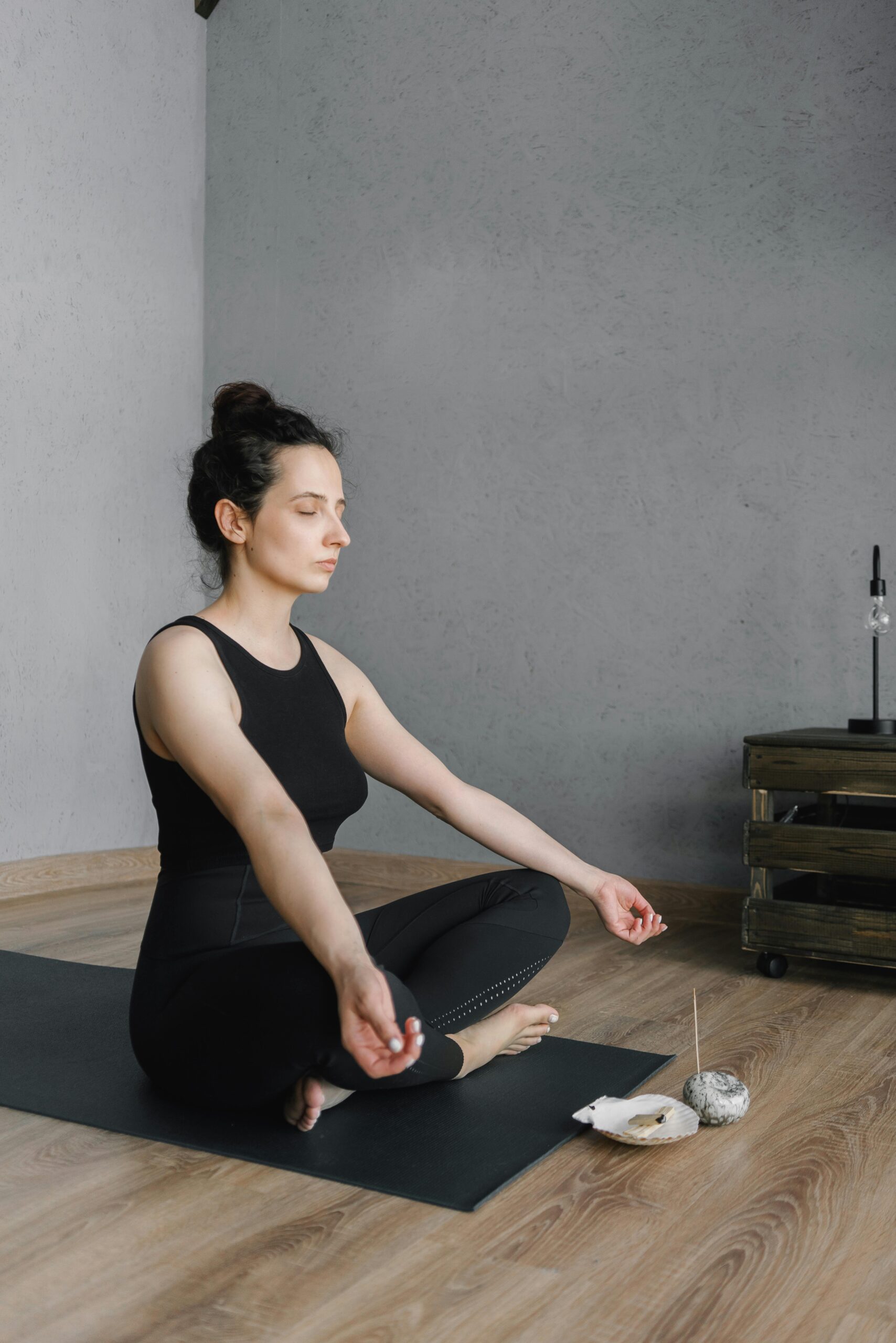The Best Breathing Techniques to Instantly Calm Anxiety Attacks
Imagine this: you’re in the middle of a meeting, or perhaps enjoying a quiet dinner, when suddenly, your heart starts racing, your palms get sweaty, and your mind feels like it’s about to explode. Anxiety attacks can sneak up on the best of us, but fear not! The power of breath is at your disposal. In this guide, we’ll explore some of the best breathing techniques that can help you regain control and find your calm, even in the stormiest of moments.
Understanding Anxiety and the Breath Connection
Before we dive into the techniques, let’s take a moment to understand why breathing is so effective when it comes to managing anxiety. When we’re anxious, our bodies often slip into “fight or flight” mode. This means our breathing becomes shallow and rapid. By consciously altering our breath, we can send signals to our brain that it’s time to relax. Think of it as a friendly reminder to your body: “Hey, we’re not in danger here!”
1. The 4-7-8 Breathing Technique
This technique, popularized by Dr. Andrew Weil, is like a mini-vacation for your nervous system. Here’s how to do it:
- Find a comfortable position—sitting or lying down works wonders.
- Close your eyes and take a deep breath in through your nose for a count of 4.
- Hold that breath for a count of 7. (This might feel a bit like holding in a sneeze, but trust me, it’s worth it!)
- Exhale slowly through your mouth for a count of 8, making a whooshing sound.
Repeat this cycle four times, and you’ll likely feel your heart rate drop and your mind clear. It’s like hitting the refresh button on your brain!
2. Box Breathing: A Simple Yet Powerful Technique
Box breathing, also known as square breathing, is a technique often used by athletes and even military personnel to maintain focus and calm under pressure. Here’s how it works:
- Breathe in through your nose for a count of 4.
- Hold your breath for another count of 4.
- Exhale slowly through your mouth for a count of 4.
- Hold your breath again for a count of 4.
Repeat this cycle for a few minutes. Picture yourself drawing a square in the air as you go along. Before you know it, you’ll feel more grounded and present. Plus, it’s a great way to distract yourself from whatever is causing that anxious feeling!
3. Diaphragmatic Breathing: The Deep Dive
Also known as abdominal or belly breathing, diaphragmatic breathing helps you engage your diaphragm fully, allowing for deeper breaths. Here’s the scoop:
- Find a quiet spot and either sit or lie down comfortably.
- Place one hand on your chest and the other on your belly.
- Inhale deeply through your nose, ensuring that your belly rises while your chest remains still. Think of filling your belly like a balloon!
- Exhale slowly through your mouth, feeling your belly fall.
Try this for 5-10 minutes. It’s like giving your body a big, cozy hug from the inside out. You might even find yourself feeling a little drowsy—perfect for those moments when anxiety tries to sneak in at night.
4. The 5-4-3-2-1 Grounding Exercise
This technique combines breathing with mindfulness, making it super effective for anxiety. It’s a practical way to bring your focus back to the present moment. Here’s how it goes:
- Take a deep breath in, then exhale slowly.
- Identify 5 things you can see around you. Maybe it’s that quirky painting on the wall or the way the light hits your coffee cup.
- Next, find 4 things you can touch. It could be the fabric of your chair or the cool surface of your desk.
- Then, listen for 3 different sounds. Perhaps it’s the hum of your computer or the chirp of a bird outside.
- Identify 2 smells. If you can’t find any right away, think of your favorite scent!
- Finally, acknowledge 1 thing you can taste. This could be the aftertaste of your lunch or the lingering flavor of your gum.
As you go through this process, remember to breathe deeply and steadily. It’s an effective way to anchor yourself in the here and now, effectively pushing away the anxious thoughts that try to creep in.
5. Alternate Nostril Breathing
If you’re looking for a technique that feels a bit more exotic, why not give alternate nostril breathing a try? This yoga-inspired technique is believed to help balance both sides of the brain. Here’s how to do it:
- Sit comfortably and relax your shoulders.
- Using your right thumb, close your right nostril.
- Inhale deeply through your left nostril.
- Close your left nostril with your right ring finger, then release your right nostril and exhale through it.
- Inhale through your right nostril, then close it again and exhale through your left nostril.
That’s one full cycle! Repeat this for a few minutes. It may feel a bit silly at first, but once you get the hang of it, you might just find your worries drifting away like dandelion seeds in the breeze.
Putting It All Together
Breathing techniques are simple yet powerful tools for managing anxiety. Whether you opt for the structured approach of box breathing or the calming embrace of diaphragmatic breathing, the key is to practice regularly. Just like any skill, the more you practice, the more effective these techniques become. You’ll be better equipped to navigate life’s challenges and reclaim your peace of mind.
So, the next time anxiety tries to knock on your door, remember: you’ve got the tools to send it packing. Breathe deeply, stay present, and take it one breath at a time!



